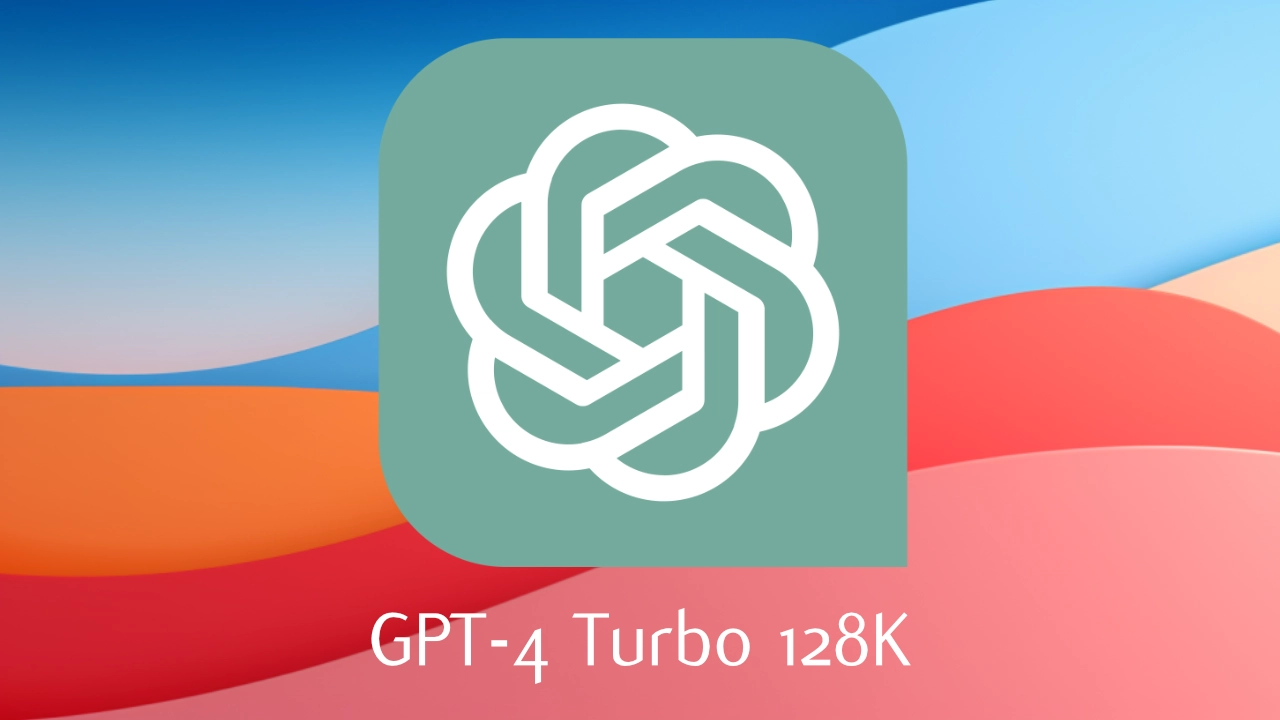Recently, OpenAI unveiled its latest advancement in the realm of artificial intelligence: the GPT-4 Turbo. This new AI model boasts a substantial 128K context length, offering users the ability to process and interact with a much larger swath of information in a single instance. The introduction of GPT-4 Turbo invites a critical question: How well does it actually perform in practical applications?
Before delving into the specifics of GPT-4 Turbo, it’s important to contextualize its place in the lineage of Generative Pretrained Transformers (GPTs). The GPT series has been a cornerstone in the AI field, known for its ability to generate human-like text based on the input it receives. Each iteration of the GPT models has brought enhancements in processing power, complexity, and efficiency, culminating in the latest GPT-4 Turbo.
The 128K context window of GPT-4 Turbo is its most notable feature, representing a massive increase from previous versions. This capability allows the model to consider approximately 300 pages of text at once, providing a broader scope for understanding and generating responses. Additionally, GPT-4 Turbo is designed to be more economical, reducing costs for both input and output tokens significantly compared to its predecessor, the original GPT-4. This cost efficiency, combined with its ability to produce up to 4096 output tokens, makes it a potent tool for extensive text generation tasks.
GPT-4 Turbo 128K context length performance tested
Check out the video below to learn more about the new GPT-4 Turbo 128K context length and its implications and applications.
Other articles we have written that you may find of interest on the subject of GPT-4 Turbo 128K :
However, advancements in technology often come with new challenges. One of the primary issues with GPT-4 Turbo, and indeed many large language models, is the “lost in the middle” phenomenon. This refers to the difficulty these models have in processing information that is neither at the very beginning nor at the end of a given context. While GPT-4 Turbo can handle vast amounts of data, its efficacy in navigating and utilizing information located in the middle of this data is still under scrutiny. Early tests and observations suggest that despite its expanded capabilities, GPT-4 Turbo may still struggle with comprehending and integrating details from the central portions of large data sets.
This challenge is not unique to GPT-4 Turbo. It reflects a broader pattern observed in the field of language modeling. Even with advanced architectures and training methods, many language models exhibit decreased performance when dealing with longer contexts. This suggests that the issue is a fundamental one in the realm of language processing, transcending specific model limitations.
Interestingly, the solution to this problem might not lie in continually increasing the context window size. The relationship between the size of the context window and the accuracy of information retrieval is complex and not always linear. In some cases, smaller context windows can yield more accurate and relevant outputs. This counterintuitive finding underscores the intricacies of language processing and the need for careful calibration of model parameters based on the specific application.
As the AI community continues to explore and refine models like GPT-4 Turbo, the focus remains on improving their ability to handle extensive contexts effectively. The journey of GPT models is characterized by continuous learning and adaptation, with each version bringing us closer to more sophisticated and nuanced language processing capabilities.
For those considering integrating GPT-4 Turbo into their workflows or products, it’s crucial to weigh its impressive capabilities against its current limitations. The model’s expanded context window and cost efficiency make it a compelling choice for a variety of applications, but understanding how it performs with different types and lengths of data is key to making the most out of its advanced features. GPT-4 Turbo represents a significant stride in the ongoing evolution of language models. Its expanded context window and cost efficiency are remarkable, but as with any technology, it’s essential to approach its use with a clear understanding of both its strengths and areas for improvement.
Filed Under: Guides, Top News
Latest aboutworldnews Deals
Disclosure: Some of our articles include affiliate links. If you buy something through one of these links, aboutworldnews may earn an affiliate commission. Learn about our Disclosure Policy.







